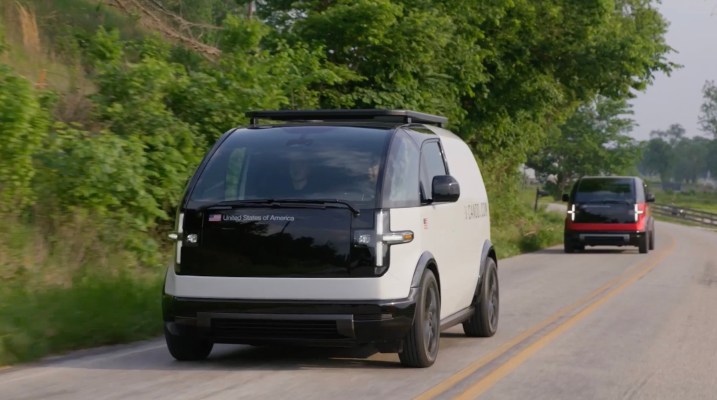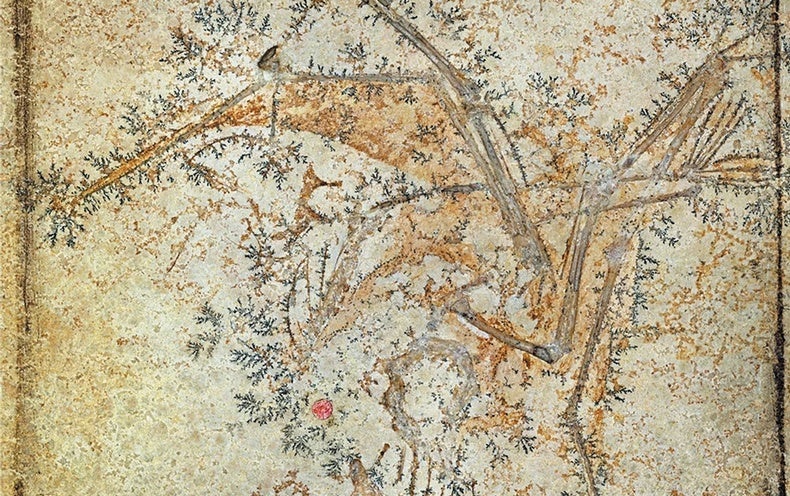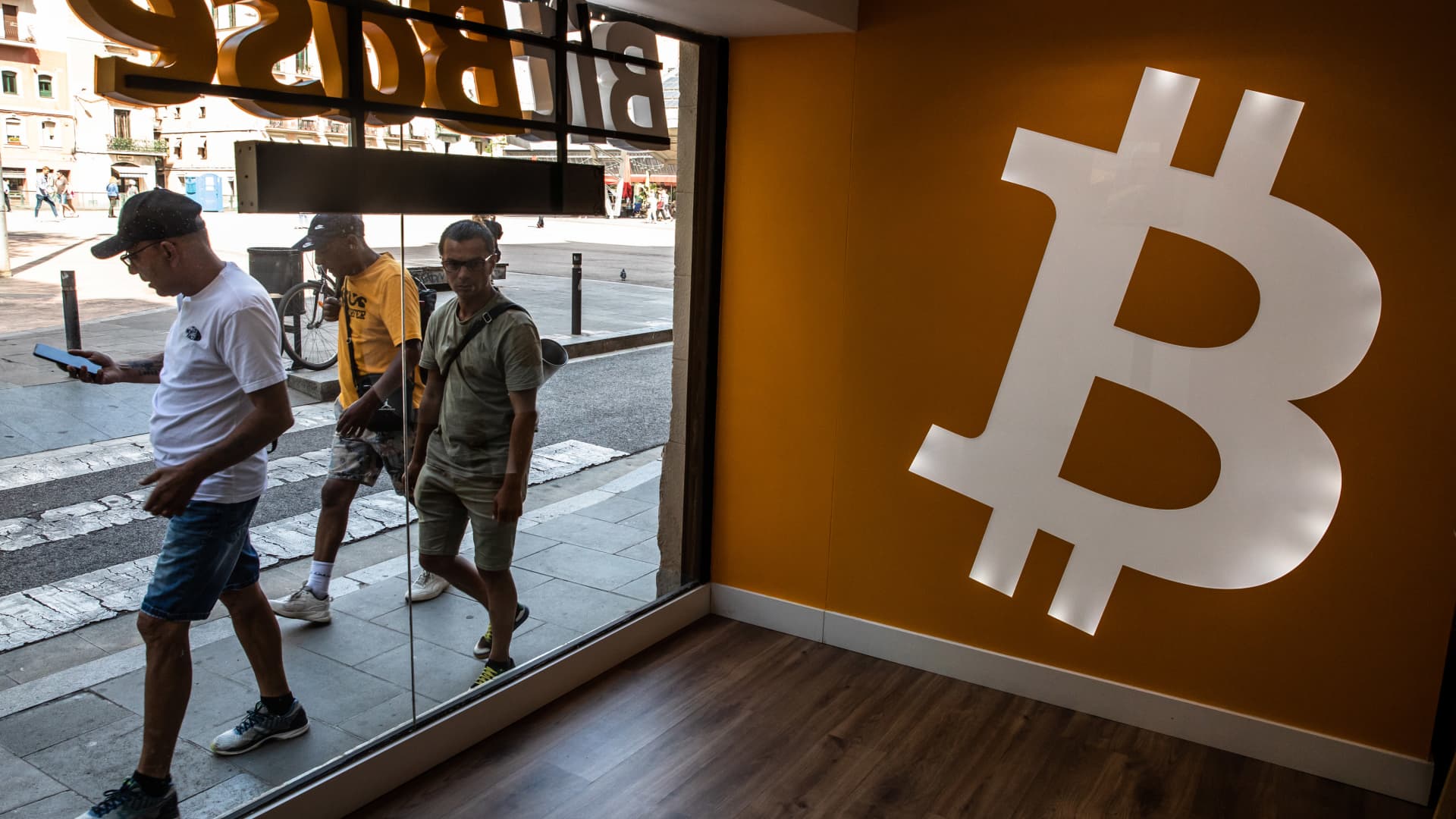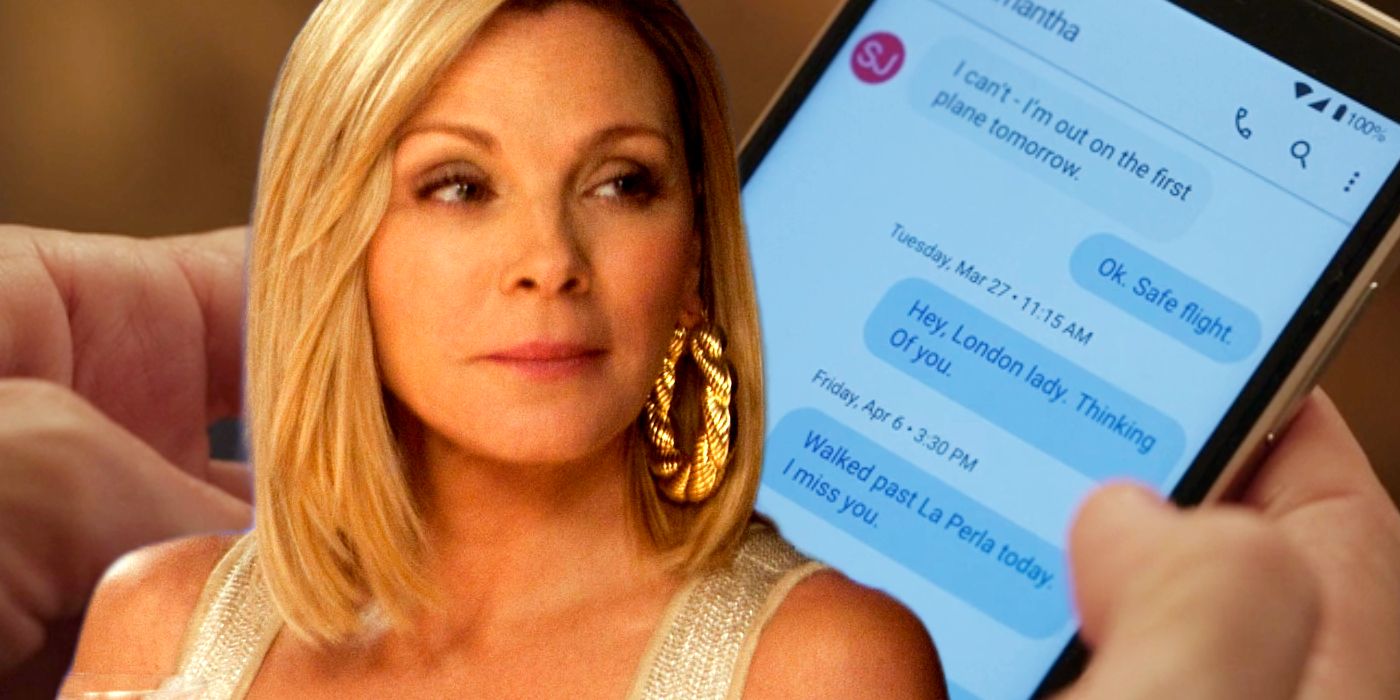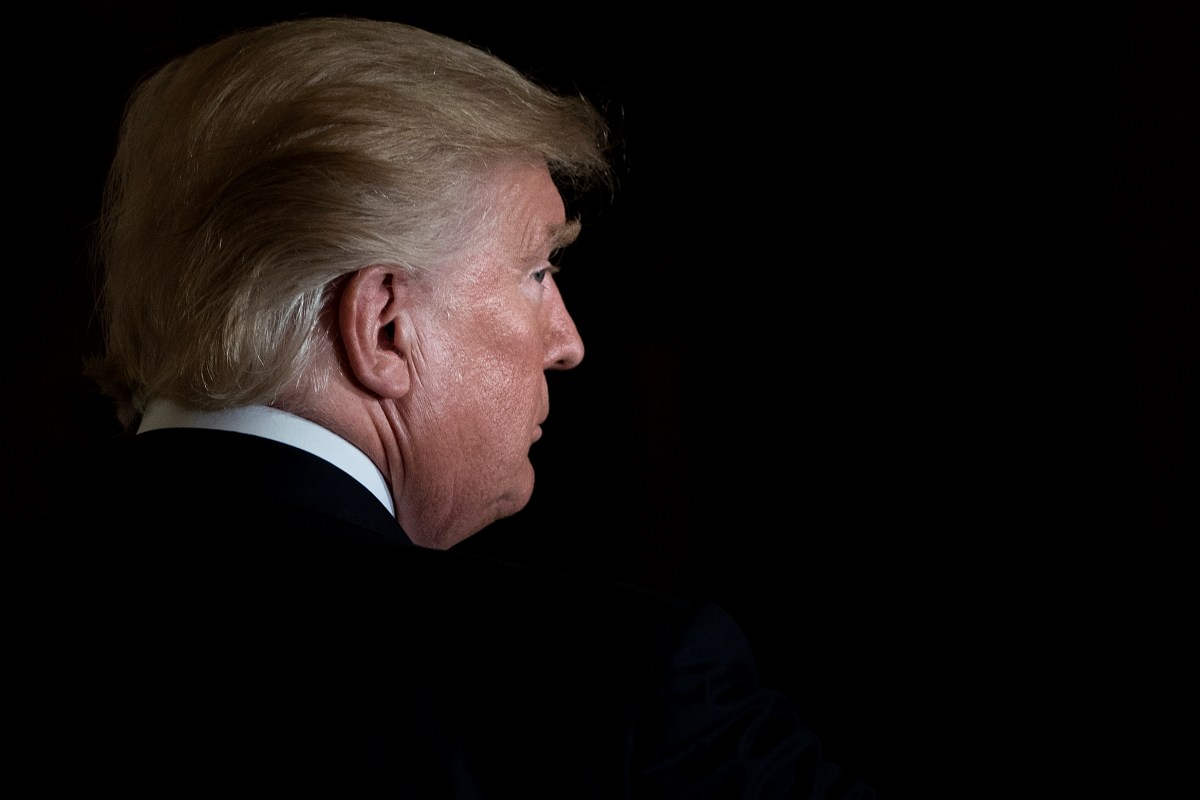CLIMATEWIRE | Watching the Maui wildfires break out on the local news last August, Elizabeth Hartline realized there was something she could do to help: write.
The preschool director had for years written “social stories,” explaining in simple terms the changes a toddler might go through in early life — from going to school for the first time to learning to use the potty. The same type of story, she thought, could help when disaster strikes.
“I just thought, this is what I can contribute, this is what I can do to help people process the trauma of what has happened,” said Hartline, who is director of Honolulu Community College’s Alani Children’s Center.
On supporting science journalism
If you’re enjoying this article, consider supporting our award-winning journalism by subscribing. By purchasing a subscription you are helping to ensure the future of impactful stories about the discoveries and ideas shaping our world today.
Hartline’s story, “There Was A Fire,” is now posted on the Hawaii Department of Health’s website for easy access by wildfire victims. It’s not the only story deployed in the wake of a disaster: The United Way, government agencies and other organizations have distributed tens of thousands of books to children after hurricanes, earthquakes, wildfires and extreme weather.
Childhood trauma experts say that telling stories about climate-fueled disasters can help small children cope with their experiences. Such books can become an important tool in strengthening the emotional and mental resilience of toddlers — and their parents — during disaster recovery, a time where formal mental health care might be inaccessible.
“There are times in disasters where we want to shield kids from the worst moments of the event, but sometimes they went through it,” said Melissa Brymer, director of terrorism and disaster programs at UCLA’s National Center for Child Traumatic Stress, who has worked on other disaster stories for kids. “And these stories help kids process it and give parents the language to talk about it even with very young children.”
Hartline’s story explains that winds are usually safe for people, as are wildfires because firefighters can contain them. But this time, Hartline wrote, “the big winds combined with the big fire” in Maui to make it spread faster than firefighters could put it out. The book also says that some people lost their homes, or jumped in the ocean to escape the fire and died.
The narrative is coupled with prompts for children to draw what they have seen or how they are feeling, and with coping mechanisms they can use to feel safe if they are scared, like asking for a hug or taking three slow breaths.
“The big goal of social stories is that it’s very helpful to have language to describe what you’re experiencing, and that’s what trauma can take away from you,” Hartline said. “So it is giving kids a framework to understand what happened and to know that even though it was scary, it’s OK to talk about.”
In drafting the story, Hartline faced a choice of whether to mention that the fire killed people.
“We don’t want to tell children anything more than we have to,” she said. “We don’t want to put anything new in their head that will scare them.
“But ultimately, I decided that these kids know about this, they were hearing about it, it was all over the news, and if we didn’t name it, it would become taboo and kids would think it was off-limits to talk about,” she said.
Hurricanes and earthquakes, too
Hartline isn’t the only one who has used storytelling to help kids cope with climate disasters.
Chandra Ghosh Ippen, a child psychologist at the University of California, San Francisco, was partnering with colleagues in New Orleans to address early childhood trauma when Hurricane Katrina hit. In the aftermath, she said, it quickly became clear “there was just not enough mental health support for families.”
The resulting book — “Trinka and Sam and the Rainy Windy Day” — tells the story of two mice who recently experienced a bad hurricane in their community and become afraid similar destruction could repeat during a less intense rainstorm. The book shows Trinka and Sam being comforted by their parents, and includes a “guide” at the end to help adults talk to kids about disaster-related fears.
When she wrote it, Ghosh Ippen thought the book was a one-off side project.
“Little did we know how many hurricanes there would be,” she said. “It’s really hard to think about how much more these little mice are needed now than when we started.”
Since then, the little mice have helped children cope with tornadoes, earthquakes, wildfires and Covid-19. The books — which are available at no cost thanks to grants from the Early Trauma Treatment Network, National Child Traumatic Stress Network, and Substance Abuse and Mental Health Services Administration — have been deployed by the government of Nepal and United Way in Puerto Rico to help families cope with earthquakes and hurricanes.
Ghosh Ippen, whose husband illustrates the books, is currently working on a new story about flooding.
Reading the books is sometimes the first time parents broach the topic of a disaster with their children, said Brymer at the UCLA National Center for Child Traumatic Stress, who has contributed to some of the more recent volumes.
“We often hear from parents, ‘Well, my kids aren’t talking about this thing we just went through, so I’m assuming that they are just resilient and weren’t effected,'” she said. “But then as they read the story, their child will say, ‘I feel like this character.’ And the parent can also use the story to describe how they felt during the disaster. Reading the book shows your child, ‘OK, I’m here for you, we can talk about this.’”
Ghosh Ippen has sometimes worked with communities to help tailor the stories to conditions in their area. For example, following Hurricane Maria, the American Academy of Pediatrics’ Puerto Rico chapter reached out asking if she could change the mice’s names to something easier to pronounce in Spanish.
So “Trinka and Sam” became “Trinka y Juan.”
Cindy Calderon, who was president of the chapter at the time, said she was also initially concerned that a story centering on mice could send the wrong message to children who, following the storm, were being told to steer clear of vermin due to concerns about infectious disease spreading through contact with rats.
“I was worried about how the kids would relate to it, but Chandra explained to me that they would see Trinka y Juan like Mickey Mouse,” she said.
United Way ultimately distributed more than 22,000 copies of the updated story across the island, complete with a survey. Calderon used the story in trainings she held for preschool and day care providers about how toddlers’ behaviors may have been affected by what they experienced during the storm and its aftermath.
“In a disaster, emotional and mental health for kids is an afterthought, because you are in crisis and your life and your resources are threatened,” Calderon said. “But now we have a whole population that has been very effected that needs to learn to cope.”
During one training, which took place during a rainstorm, a parent told Calderon about heightened anxiety she felt any time there was inclement weather following the hurricane.
“I was able to use the book to say, ‘That’s exactly how your kids feel. But they don’t have the same reasoning as you to know why this rain is different or why this windy day is different,’” she said. “The book helps them feel safe again.”
Reprinted from E&E News with permission from POLITICO, LLC. Copyright 2024. E&E News provides essential news for energy and environment professionals.















































